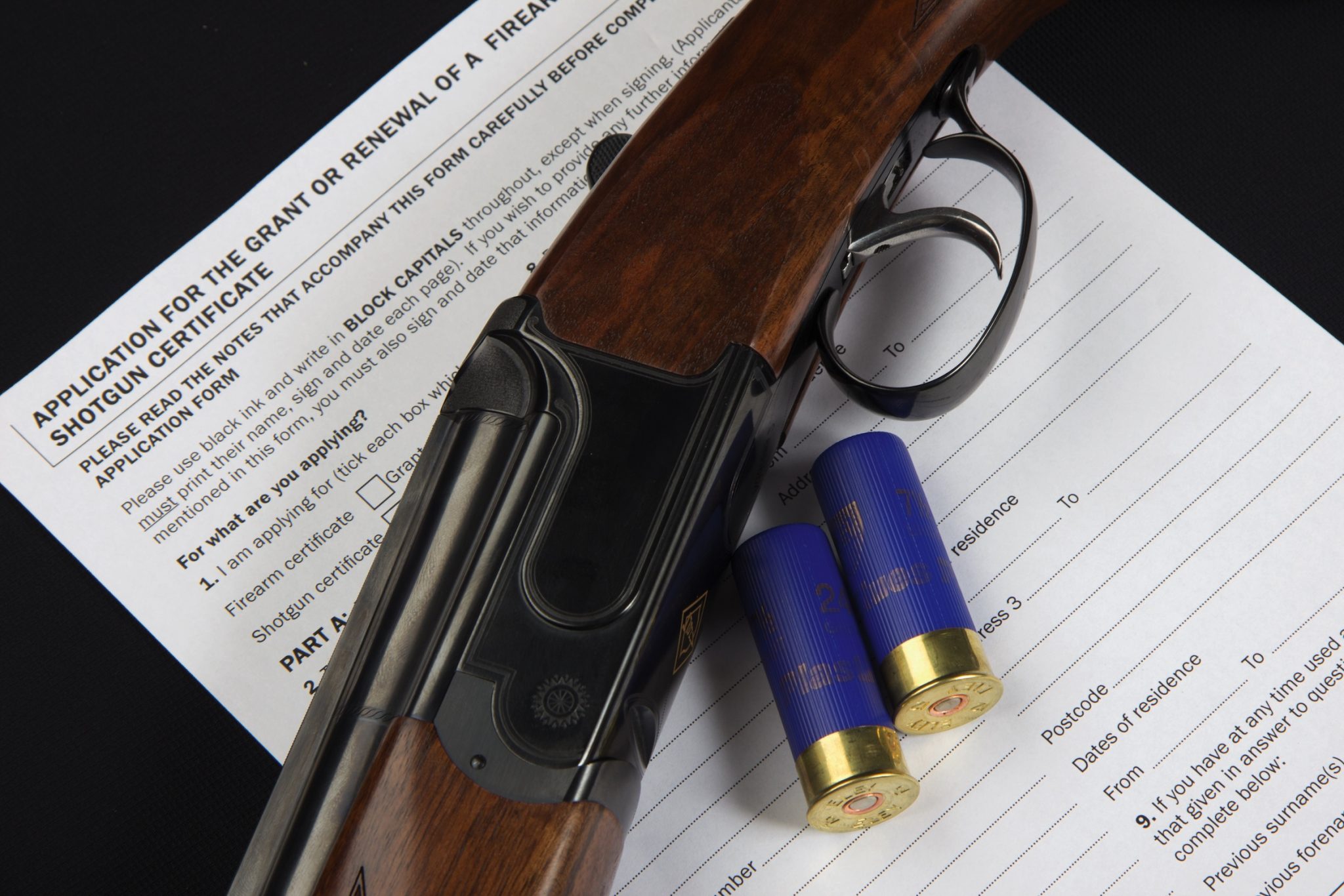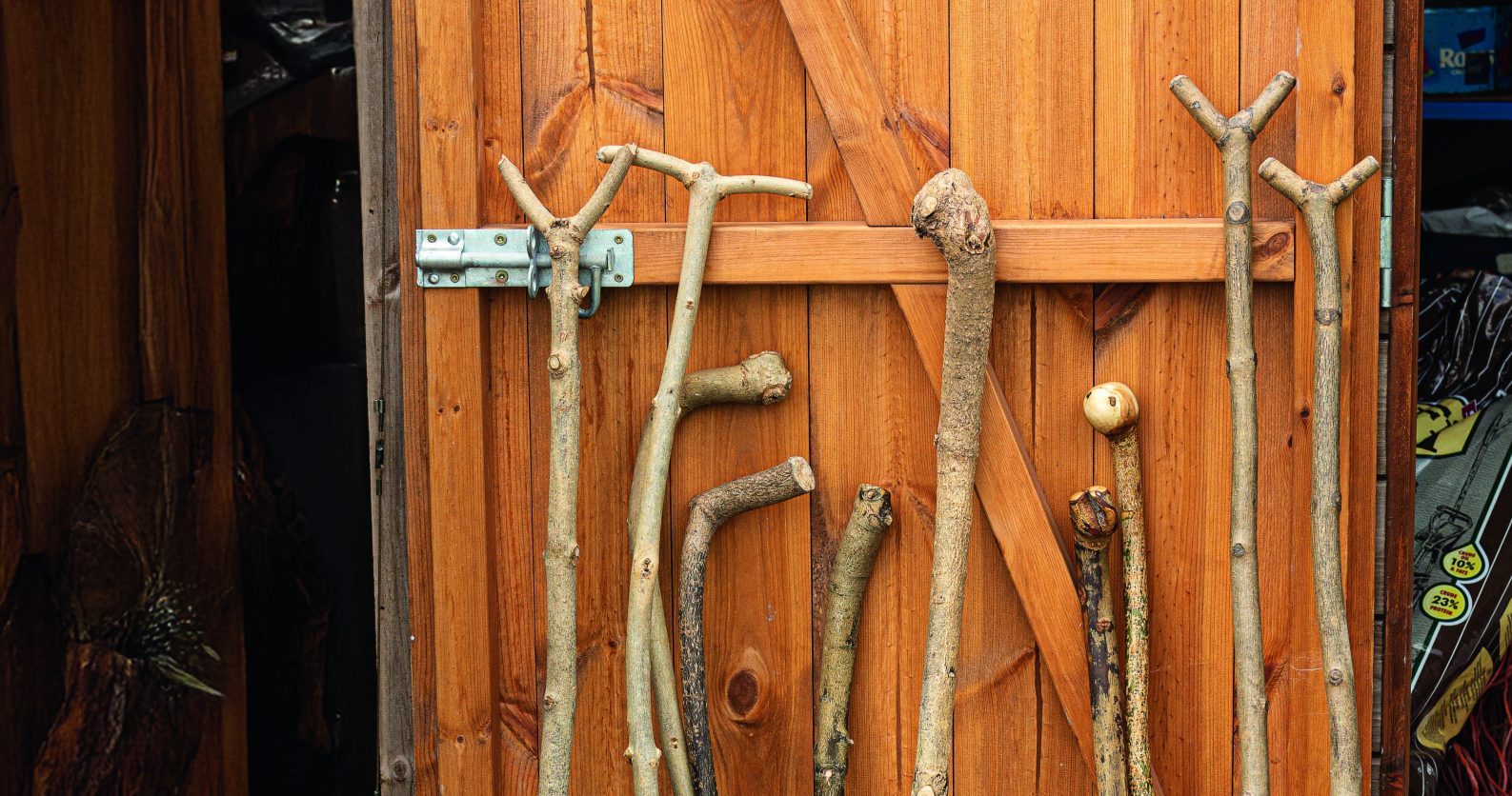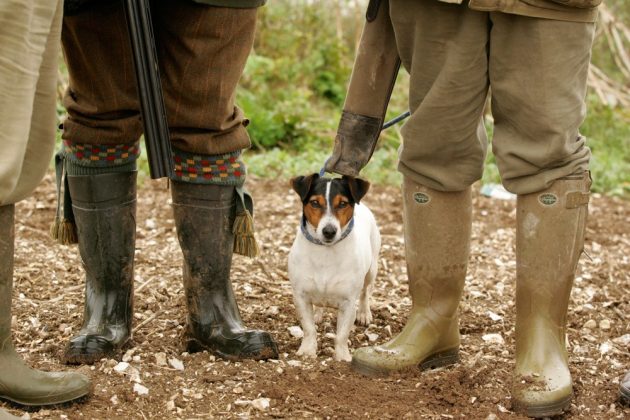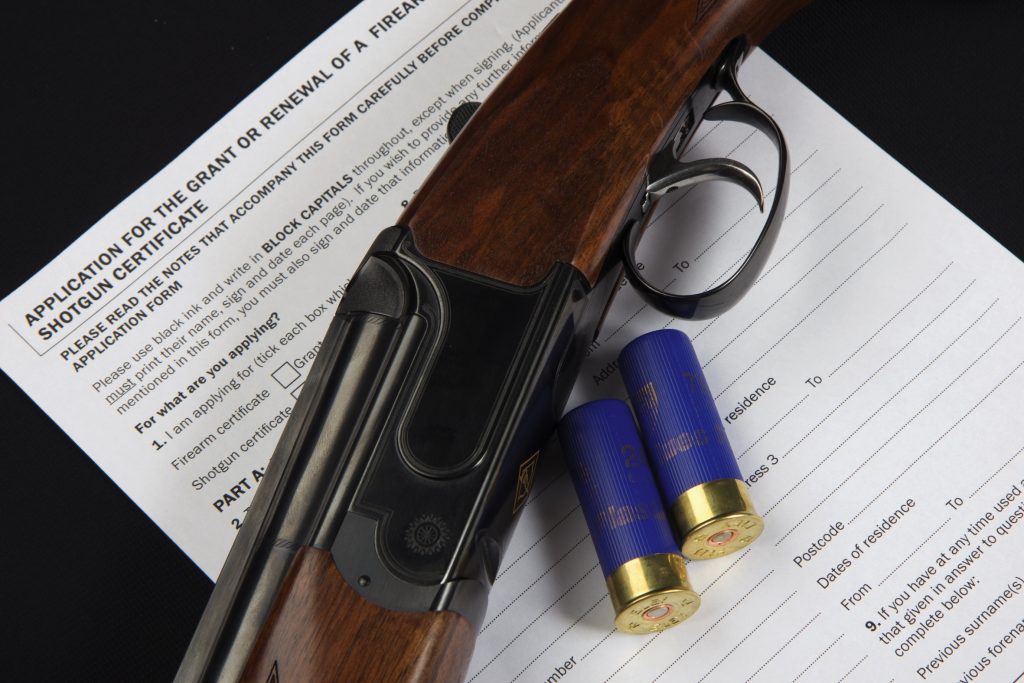Win CENS ProFlex DX5 earplugs worth £1,149 – enter here
Where does a .32 pistol for humane dispatch fall in the Firearms Act?
A .32 pistol is covered by both Section 1 and Section 5 of the Firearms Act
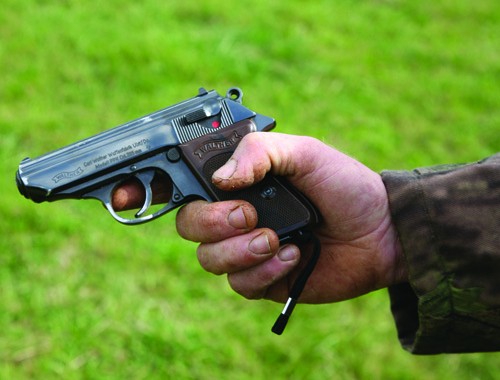
A: Curiously, you are both correct. “Short firearms,” as the Firearms (Amendment) Act 1997 describes them, were prohibited and added to Section 5 alongside machine guns, mortar bombs, hand grenades and such. So your mate is right, and they do fall under Section 5.
However, if you have one on your firearm certificate for use in connection with one of the approved purposes, then it must fall under Section 1 because the certificate only allows you to possess firearms under that Section. You cannot possess prohibited firearms on an ordinary firearm certificate. So we are left with the anomaly that your pistol is Section 1 as far as you are concerned but Section 5 for anyone else, even including a registered firearms dealer.
There is a similar anomaly in the case of antiques. They are exempt from the licensing system unless you want to fire them, in which case they must go on your firearm or shotgun certificate. At that point they are either Section 1 or Section 2 firearms for you, but the rest of the population can still buy and sell them as freely as any other antique.
There is yet another anomaly here because Condition 4 on your certificate requires you to store guns securely “so as to prevent, so far as is reasonably practicable, access to the firearms by an unauthorised person.” In the case of an antique firearm there are no unauthorised persons, so there is no legal requirement to keep them locked up.
Related Articles
Get the latest news delivered direct to your door
Subscribe to Shooting Times & Country
Discover the ultimate companion for field sports enthusiasts with Shooting Times & Country Magazine, the UK’s leading weekly publication that has been at the forefront of shooting culture since 1882. Subscribers gain access to expert tips, comprehensive gear reviews, seasonal advice and a vibrant community of like-minded shooters.
Save on shop price when you subscribe with weekly issues featuring in-depth articles on gundog training, exclusive member offers and access to the digital back issue library. A Shooting Times & Country subscription is more than a magazine, don’t just read about the countryside; immerse yourself in its most authoritative and engaging publication.



